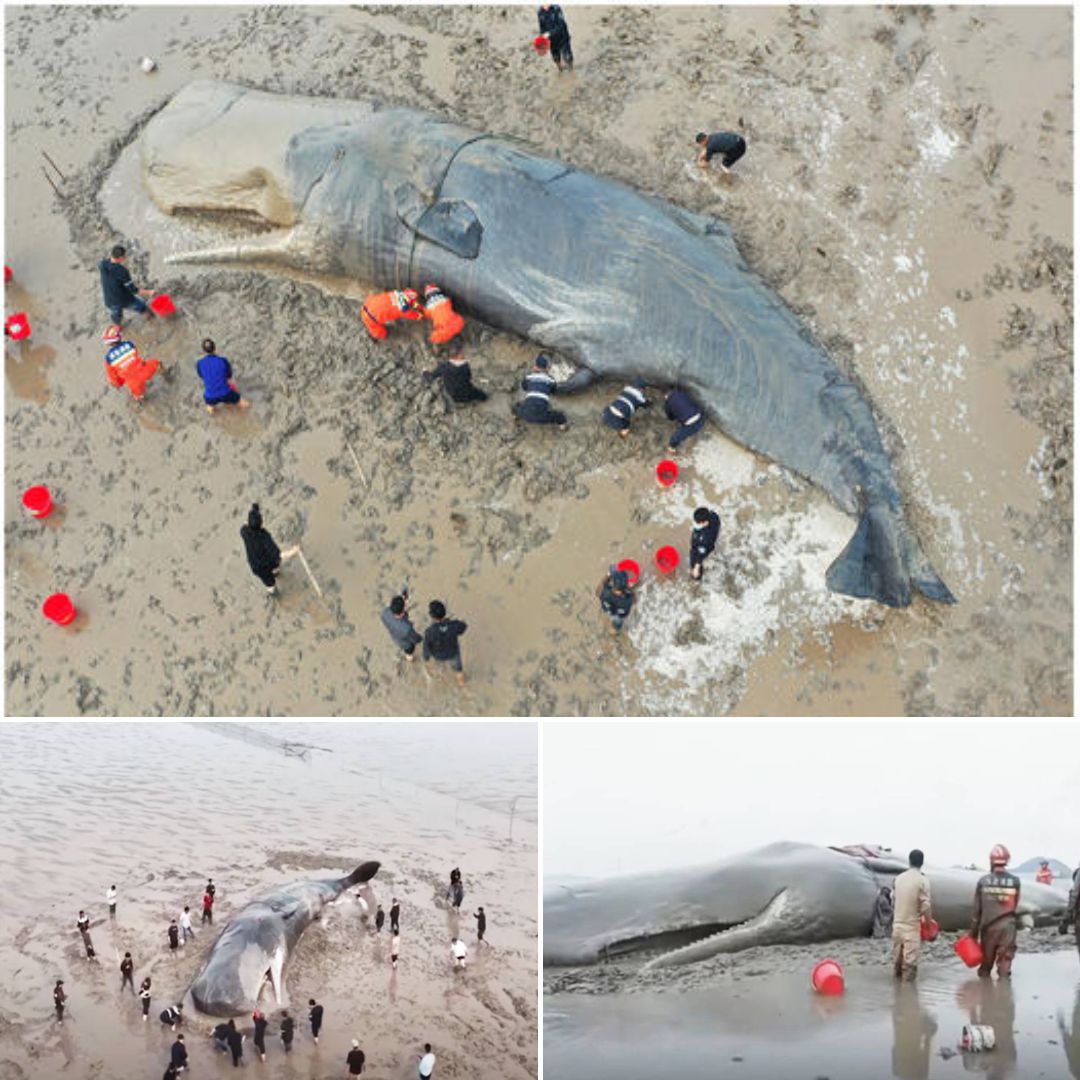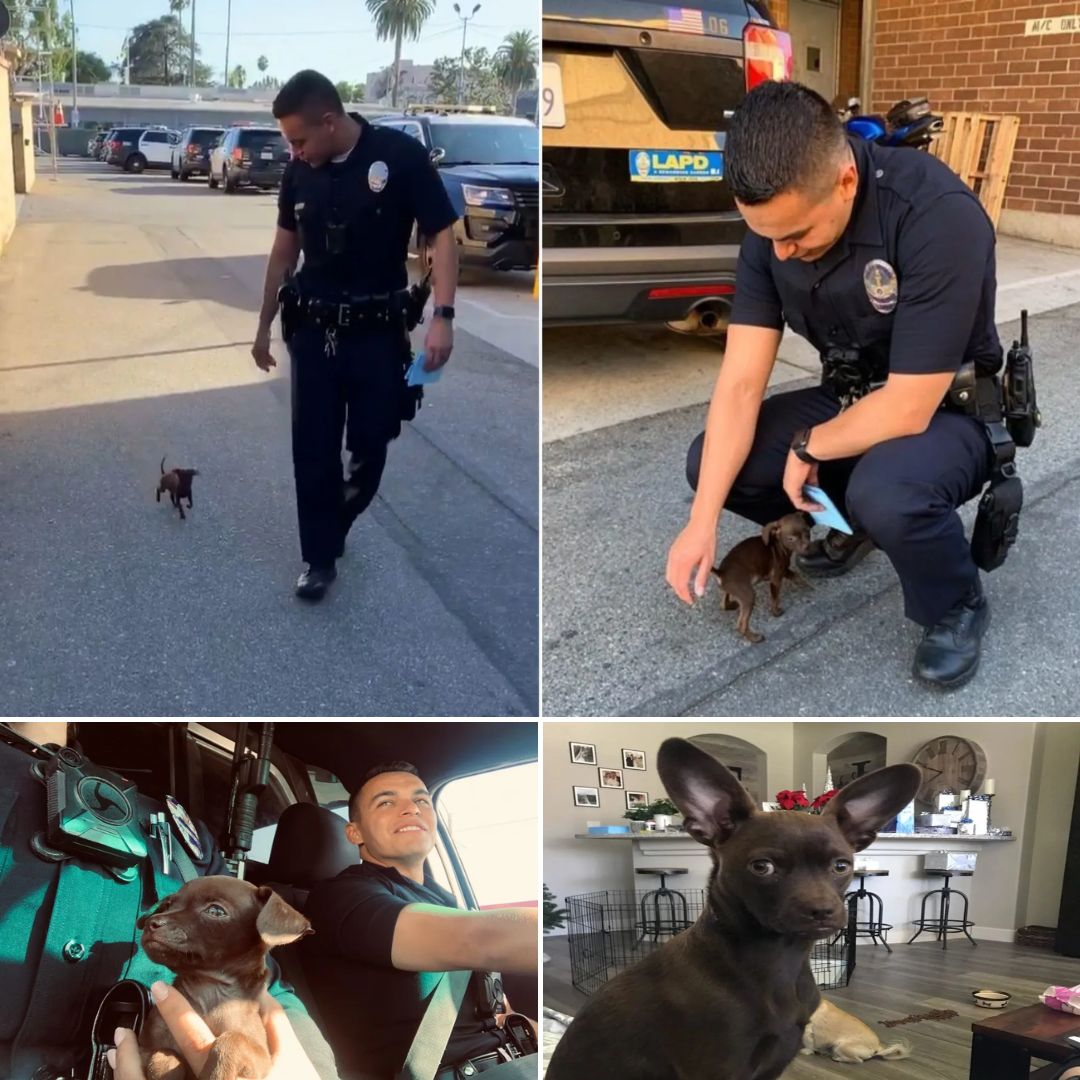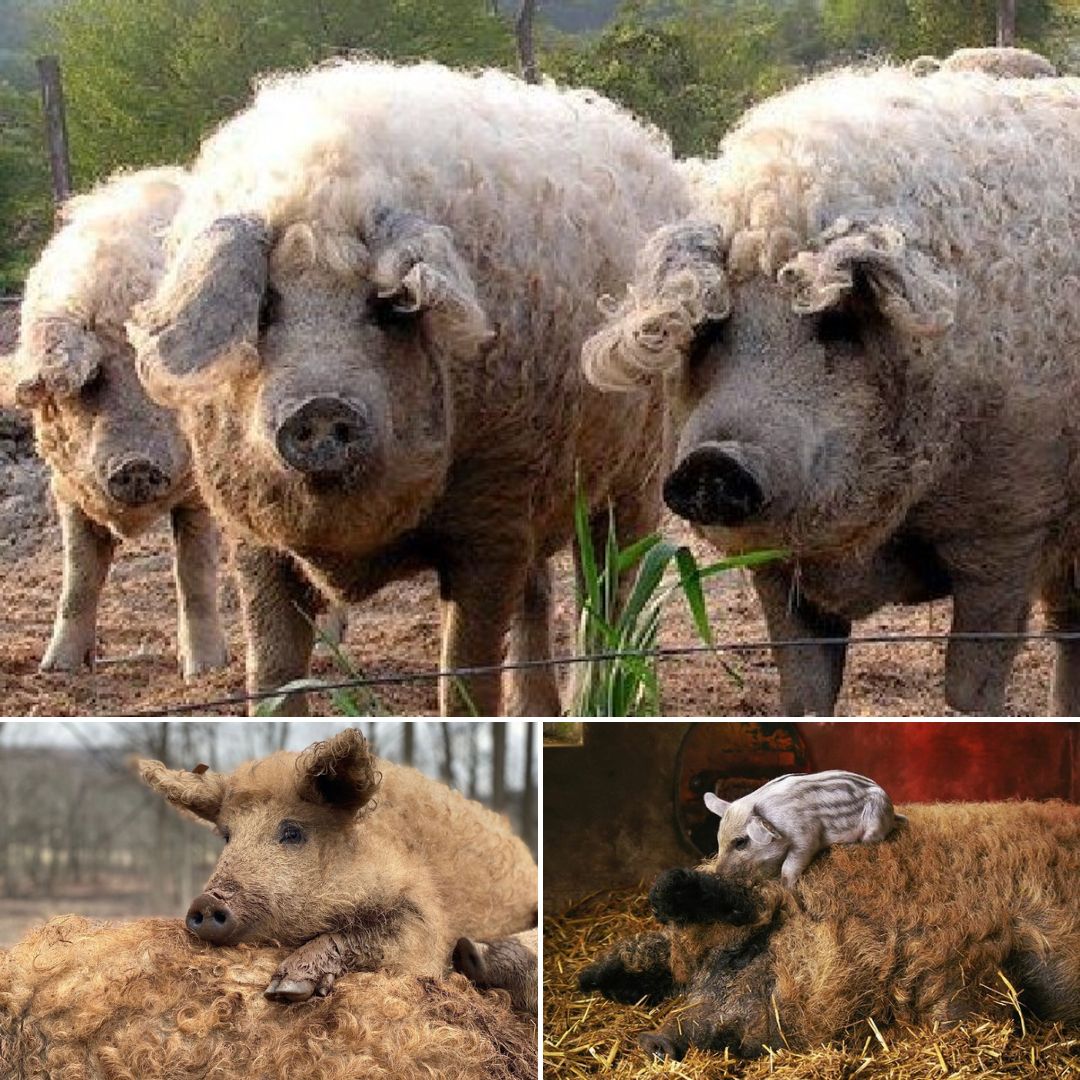
We all love an enigmatic riddle, don’t we? Today’s tale offers one such fascinating enigma, an unconventional glimpse into the lives of the captivating Peregrine Falcons. Strikingly different from what we thought we knew about these birds, this story uncovers a unique event: A Peregrine Falcon male delivering live prey to his mate.

For those familiar with avian behavior, this may come as a surprise. The practice of bringing live prey is usually reserved for the training of juvenile Peregrines, teaching them the art of the hunt. So, why would an adult male engage in this behavior with his mate?

Picture this: The male Peregrine swoops into their nesting area, a struggling starling clasped in his talons. His mate, typically swift in her reactions, appears slow this time, hesitating to rise to the bait. Is it possible that the male brought the live prey to coax her into action?

What unfolds next could be straight out of an avian version of a tug of war. The male falcon, reluctant to relinquish his hold too soon, and the female, gripped by the thrill of the chase, both clutch onto the starling, embroiled in an unexpected game of strength and patience.

The plot thickens when we learn that the victim of this birdy tug of war is a juvenile starling. These falcons have reportedly been hunting starlings by the dozen every day. But why a live starling? Could this be a sign of changing hunting patterns or a one-off incident sparked by a unique set of circumstances?

As we ponder these questions, we open the floor to you, dear readers. Have you witnessed similar incidents? Could there be an unknown dimension to Peregrine behavior that we’re just beginning to uncover? How does this change our understanding of these magnificent raptors?

Remember, every observation, every shared experience, brings us one step closer to understanding the rich tapestry of nature. The world of the Peregrines is a riddle wrapped in a mystery, and we are all detectives in this intriguing game. Let’s continue to observe, to question, and to marvel at the complex, beautiful enigma that is the natural world.

The intriguing puzzle of the Peregrines brings to mind an old saying that nature is not just a book that can be read, but a language that needs to be understood. These birds, known for their speed and agility, have always been revered and studied for their unique hunting prowess. The display of a live-prey tug of war between the mates adds an unexplored dimension to our understanding of their behavior.

The question we should ask ourselves is – Could this be an evolutionary shift in their hunting strategies? Or could this incident be a way for the male Peregrine to communicate something to his mate or reinforce their bond? Does the choice of a juvenile starling as prey instead of an adult reflect some strategic preference? Is there a bigger story of survival or adaptation hiding behind this curious incident?

As we take a deeper dive into the intriguing world of these birds, we realize that their actions, though may seem enigmatic to us, could be driven by complex environmental factors. Just like us, birds too, are part of a larger ecosystem, and their behavior can be influenced by changing seasons, availability of food, and changes in their habitat.
Let us not forget the role we humans play in shaping these environments. As we continue to encroach upon their natural habitats and disrupt their food chains, we could inadvertently be influencing these changes in their behavior. In the wake of increasing deforestation and climate change, the struggle for survival may have pushed these creatures to adapt their hunting strategies.

This story of the Peregrines’ tug of war invites us to reflect upon our own relationship with the natural world. Are we mere observers, or are we active participants influencing the course of these natural phenomena? And as we ponder these questions, let us remember that every action has a reaction, and every change is a clue, leading us towards a deeper understanding of this beautiful planet we call home.
I invite you to join me in this quest for knowledge, to share your experiences, your observations, and your love for the natural world. Let’s unravel the mysteries of the Peregrines and beyond, together.
Keywords: Evolutionary Shift, Peregrines’ Behaviour, Ecosystem, Environmental Factors, Human Impact, Deforestation, Climate Change.




